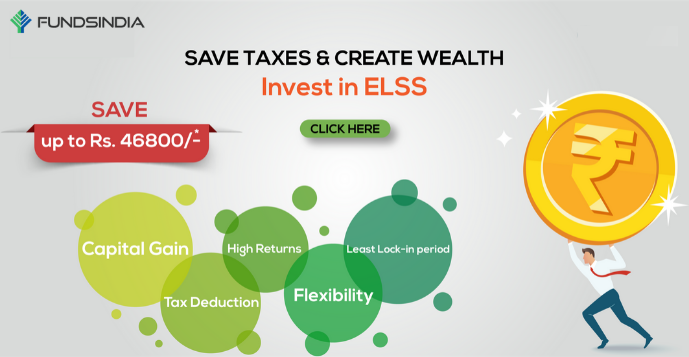Is There a Good Time to Invest in an ELSS?
Any time is a good time to invest in an ELSS, in order to save taxes. You can use the systematic investment plan (SIP) route, under which you invest every month. This ensures that your ELSS Investment is disciplined and go through without any last-minute scramble on your part. It also allows you to invest across market phases and addresses the problem of timing the market. Note that each SIP investment each month locks in for 3 years. If you want to avoid keeping track of this, you could make one-time investments.
How are ELSS funds taxed?
The way you make an actual gain is by redeeming your units and pocketing the difference between the redemption value and your investment cost. That is called capital gains in finance-speak. For equity-oriented funds (which includes ELSS), capital gains on holding the investment for more than one year (called long-term capital gains) are not taxed. As you cannot anyway redeem an ELSS before 3 years, your capital gains will be long-term and thus tax-exempt. Funds also pay a dividend; for ELSS and other equity funds, this dividend is tax-free.

What is the difference between ELSS and retirement funds?
Pension and retirement plans are also mutual funds. These funds form a part of Section 80C deductions as well. They differ from ELSS funds in a few ways. Pension or retirement funds are hybrid funds, mixing equity and debt. Depending on the fund, they are either oriented towards debt or oriented towards equity. These funds usually have a five-year lock-in, against the 3 years for ELSS. They also have long periods for which exit load applies. There are very few retirement funds on offer, and most lack a good track record to judge performance.
